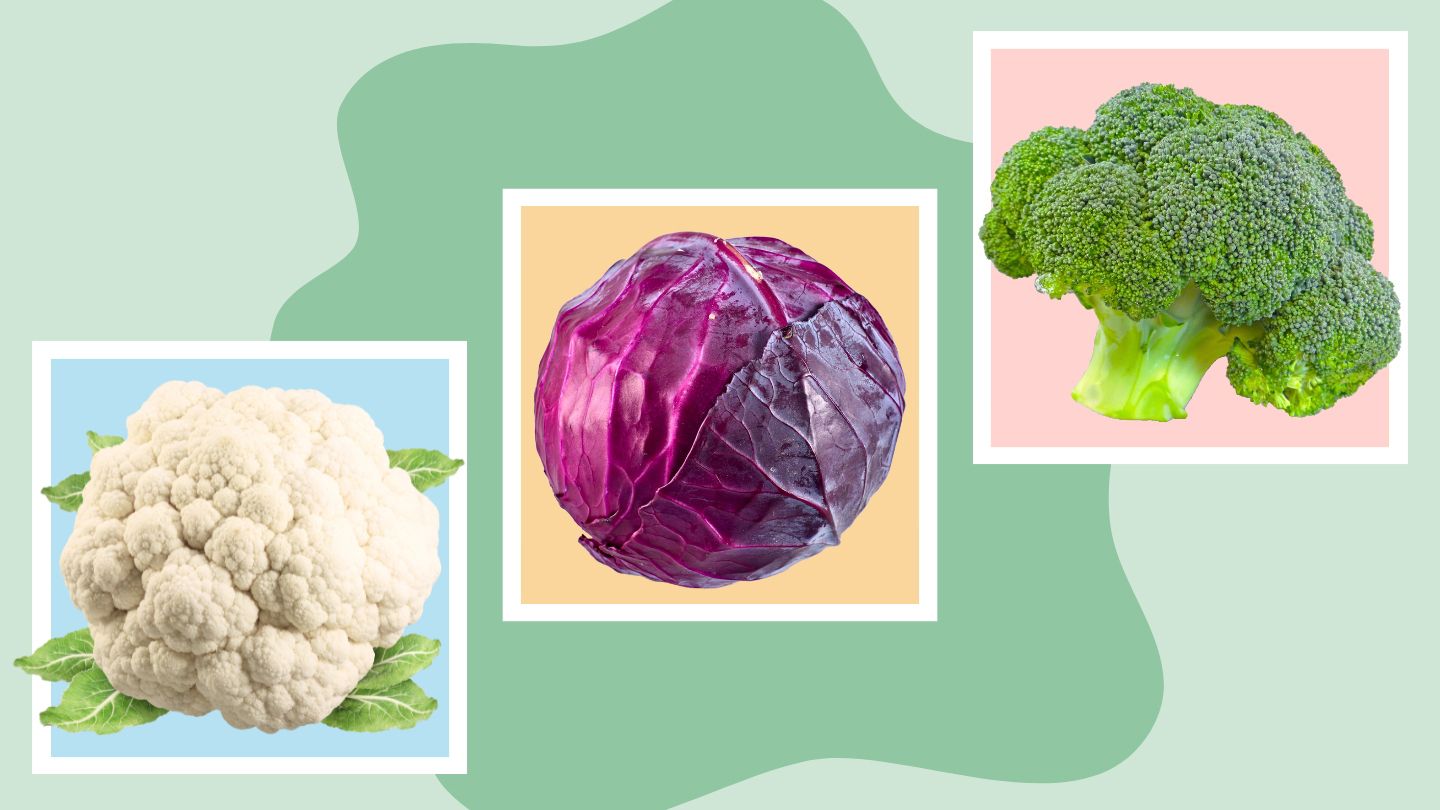This flavorful veggie only has 7 g of carbs per cup when cooked with oil. It also contains vitamin A (70 mcg, 8 percent of the DV) and vitamin K (86 mcg, or roughly 72 percent of the DV).
Grill asparagus, and drizzle it with olive oil and balsamic vinegar and a touch of salt and pepper to add flavor, Rubenstein says.
Starchy vs. Nonstarchy Veggies: What’s the Difference?
“I often advise my patients with diabetes to follow the plate method [from the CDC]: ¼ plate lean protein, ¼ plate starchy vegetables or whole grains, and ½ plate nonstarchy vegetables,” says Rubenstein. Make sure you’re working with a 9-inch dinner plate, not a platter.
Starchy vegetables in moderate portions can be better than other carb-laden fare. “If you compare many starchy vegetables — such as butternut and acorn squash, peas, and sweet potatoes — to refined carbohydrates like [white] rice, pasta, and breads, you’ll find that the starchy vegetables contain more fiber, potassium, and other essential vitamins than their grain counterparts,” Rubenstein says.
Still, low-carb vegetables are a smart way to fill up without spiking your blood sugar levels while still getting the vitamins, minerals, and fiber your body needs to thrive.
Read the full article here




